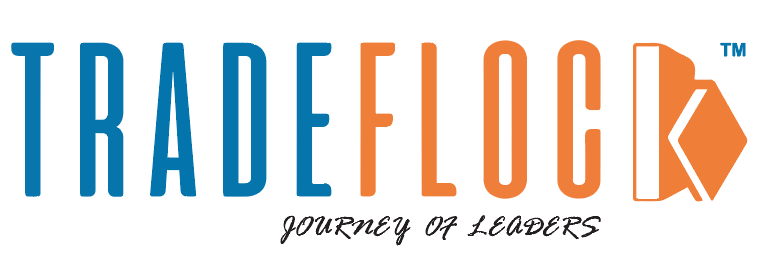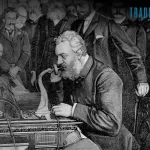What does the phrase ‘circular economy’ mean to you and your approaches to entrepreneurship?
There are many ways to use the circular economy approach, which involves reusing and recycling resources for less waste and more savings. Today, a proudly declared circular economy can attract customers as they associate this approach with greener values.
The other draw for entrepreneurs is that a circular economy fits with regulations that are moving toward sustainability and green practices. By beginning a business with green values, compliance becomes easy as the business and regulatory demands grow.
This article explores the core concepts of circular economy entrepreneurship, real-world business models that use this approach, integrating circular practices into product design and logistics, and IT management for sustainable operations.
Table of Contents
The Core Concepts of Circular Economy Entrepreneurship
There are three core concepts of circular economy entrepreneurship, which are useful for ensuring the cheapest, greenest, and most efficient approach to a new business.
Reduce
Reducing means designing efficient processes and products that seek to utilize fewer resources and generate less waste, which costs the Earth and the company. This approach, in turn lowers energy and material use by optimizing supply chains and production methods. The final reduction comes in the form of less packing and the smallest environmental impact possible throughout the business lifecycle.
Reuse
The reuse principle involves developing durable products that don’t just break after a few months of use. Customers can repair them, refurbish them so they can use them for longer. The way to achieve this is by using business models like rental, sharing, and resale of used items and encouraging customers to return items so they can be resold, benefiting customers, the company, and the planet.
Recycle
The recycling element of the circular economy involves the collection and processing of used materials to bring them back into the production cycle to use them again. Product designs must incorporate this principle for it to work effectively, which means recyclable materials and easy disassembly at the end of their life. It’s helpful to partner with recycling services to limit landfill waste and recover valuable resources that would otherwise be lost.
A Real-World Business Model Turning Waste into Opportunity
There are many startups today that use upcycled materials, utilize repairable product design, and operate resale marketplaces. A few examples are Gigablue, Reju, and Spinnova, which scale sustainable innovations in carbon capture, textile recycling, and eco-friendly fibers. Let’s look at one of these startups, Reju, in more detail.
Real-world Circular Economy Example: Reju
Reju transforms old clothing into new textiles, reducing waste and demand for virgin materials. Their large-scale recycling pilot in Frankfurt and upcoming Dutch facility show how industrial innovation can scale sustainability. Entrepreneurs can learn to combine environmental impact with growth by focusing on closed-loop production and infrastructure investment.
This company is a good example of the significance of local sourcing and minimizing waste streams as it only uses previously used items sourced in the local area and turns them into new items.
IT Management for Sustainable Operations
Let’s discuss something we haven’t mentioned yet: How to use digital tools to manage sustainable workflows.
One of the best places to start when IT management wants to incorporate sustainable business practices into digital processes is the ticketing system.
A ticketing system lets businesses track product returns, repairs, and customer inquiries in one place. Each issue gets a unique ticket, ensuring organized responses and updates. This streamlines reverse logistics, improves service speed, reduces waste, and supports longer product lifecycles—key goals in circular economy operations focused on reuse and sustainability.
Challenges and Solutions in Circular Entrepreneurship
Like any approach to beginning a small business, there are challenges to overcome if you want to utilize a circular economy.
The most common hurdles are:
Material Sourcing
Finding consistent, high-quality recycled or renewable inputs can be costly, complex, and supply-constrained.
Scalability
Expanding circular operations requires new infrastructure, partnerships, and investment that traditional models often don’t need.
Customer Perception
Some customers doubt product quality, reliability, or hygiene when goods are reused, repaired, or recycled.
Startups overcome circular challenges through tech-driven solutions, creative design, and partnerships with recyclers, suppliers, and logistics providers for scalability.
Conclusion
Circular economies used to be a buzzword that was only mentioned as a means to get customers interested without really practising the principles.
Now, many entrepreneurs are using this approach for the benefit of their business because they are beginning to understand it doesn’t just offer benefits to the environment.
It also helps startups save money at a time when revenue is small, and every little waste reduction helps. It also helps promote the image of a business as a caring company that wants to extend the lives of products, from design to use, to reuse, and resale.
Therefore, circular economies benefit everyone, not just the environment. So it’s useful to incorporate them within your entrepreneurial approach today.






